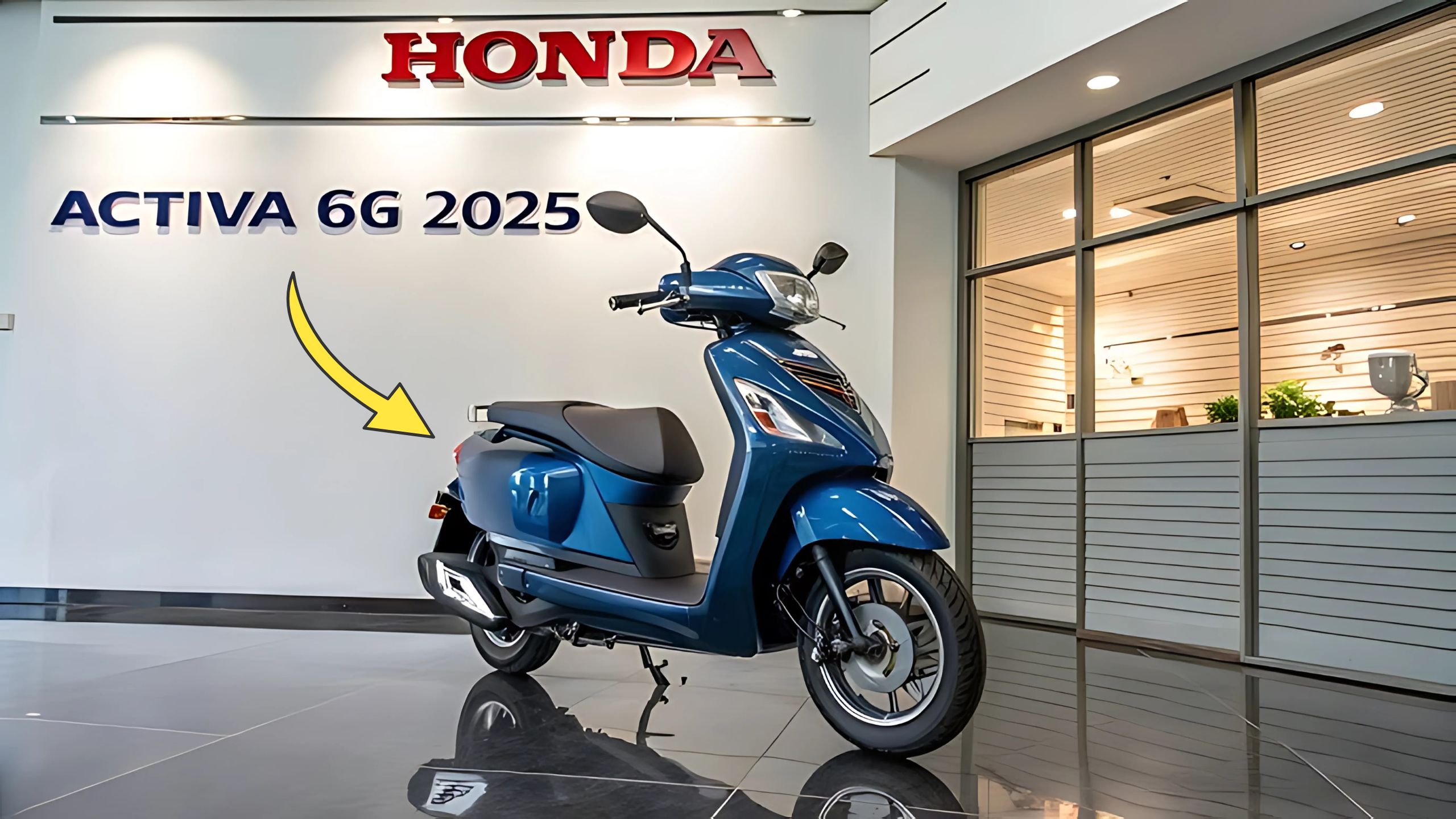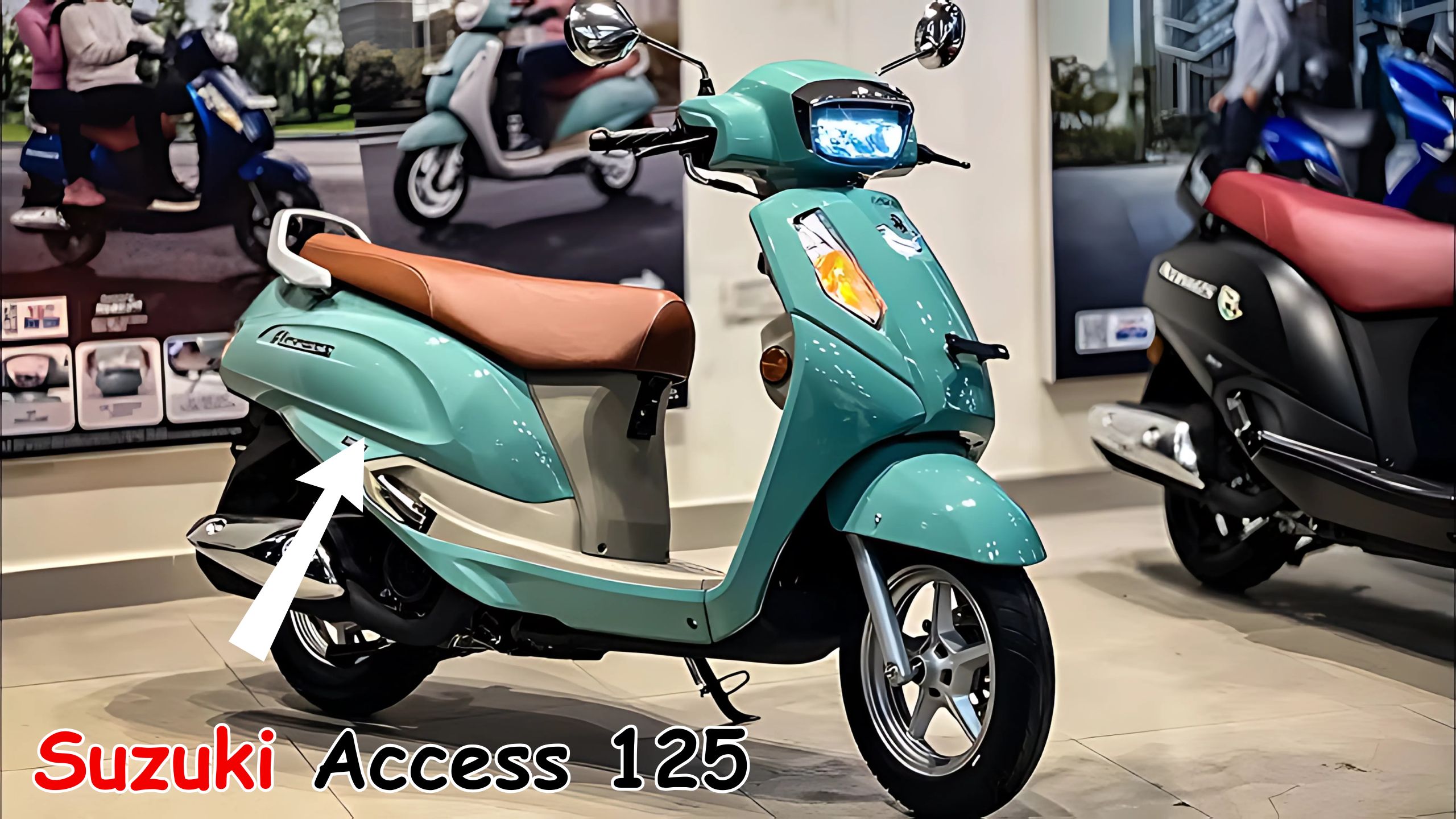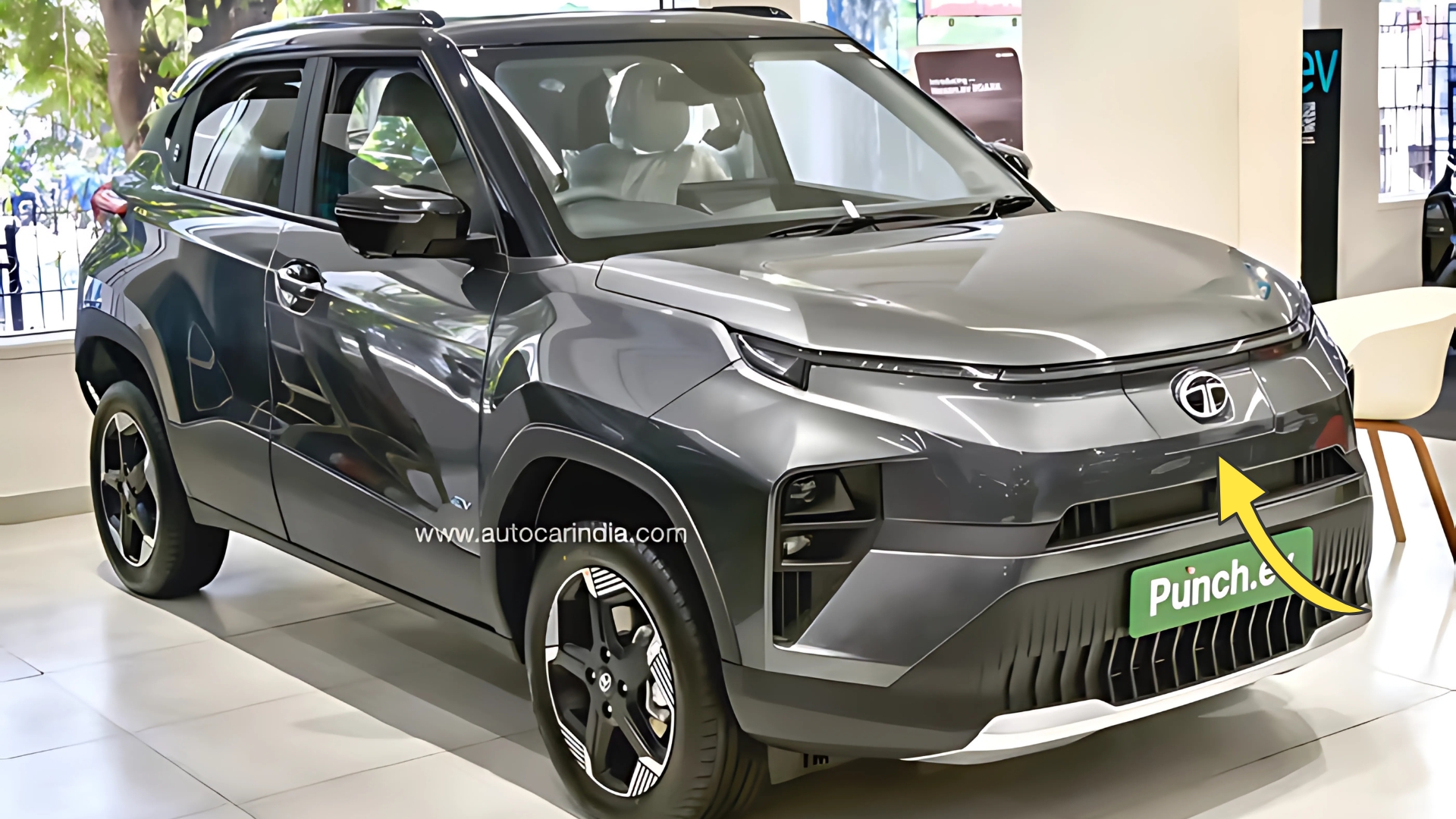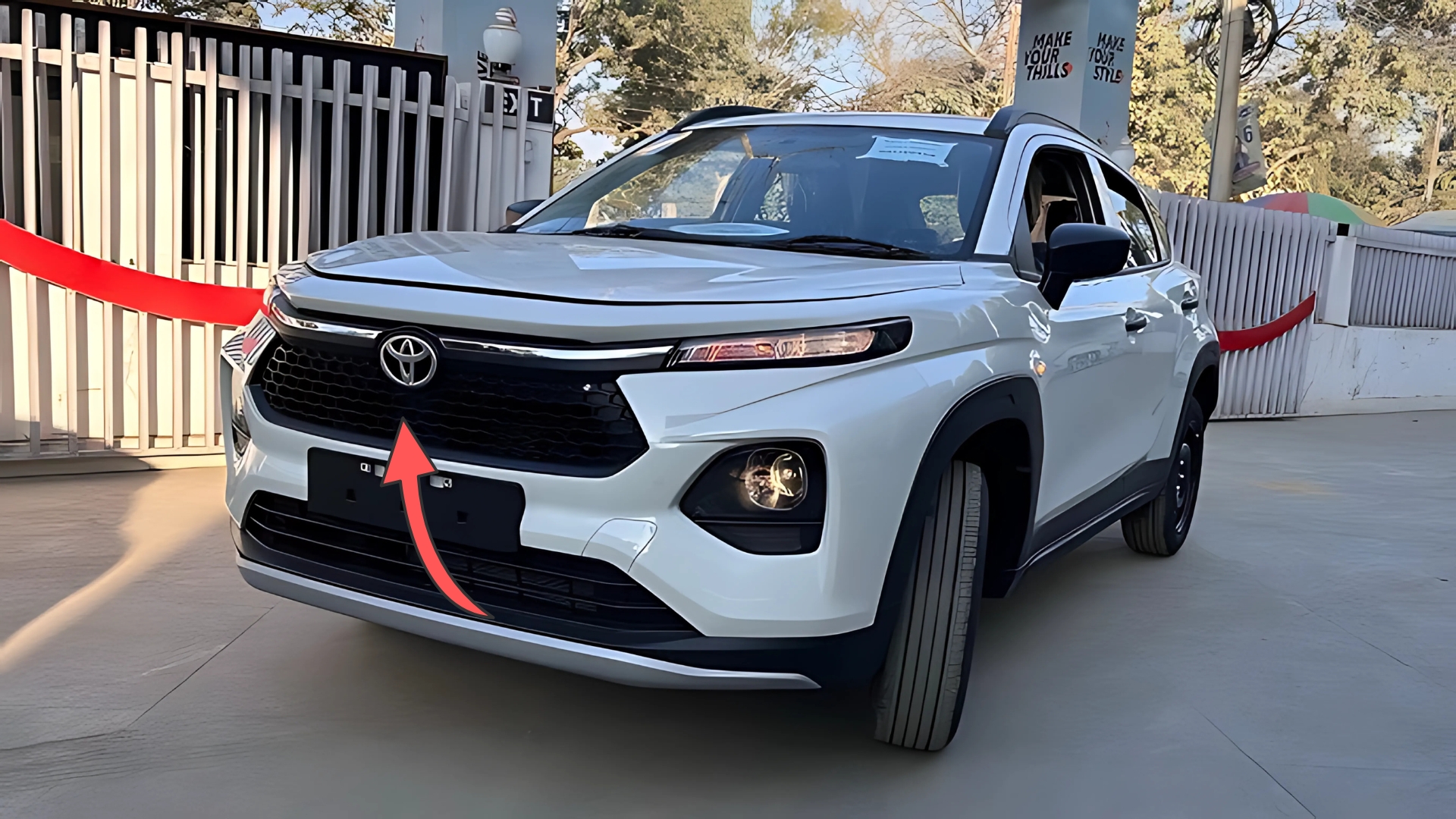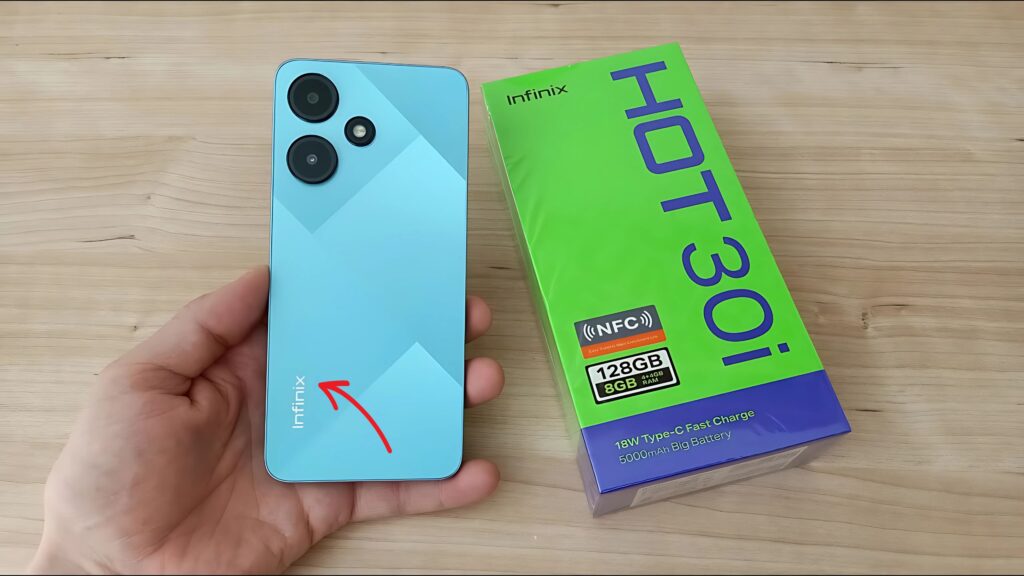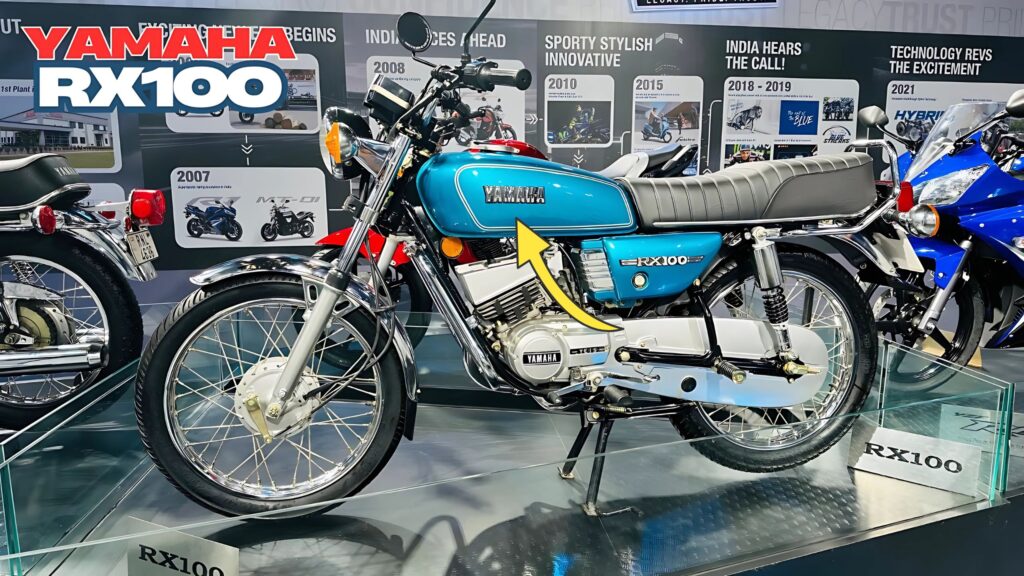Hyundai Santro: In the narrative of India’s automotive evolution, certain vehicles transcend their mechanical purpose to become cultural touchstones—machines that fundamentally alter market dynamics and consumer expectations while establishing emotional connections spanning generations.
The Hyundai Santro occupies this rarefied position, having transformed both Hyundai’s fortunes in India and the broader landscape of personal mobility across the subcontinent.
From its initial introduction as Hyundai’s inaugural Indian offering to its most recent incarnation, the Santro has consistently embodied accessibility without compromise—a philosophy that continues to resonate with value-conscious Indian consumers.
Hyundai Santro: The Historical Context
To fully appreciate the Santro’s significance requires understanding the automotive landscape it entered in 1998. India’s passenger car market was then dominated by Maruti Suzuki’s aging but trusted models, with limited competition and product diversity.
Multinational manufacturers viewed India primarily as a future opportunity rather than an immediate priority, resulting in limited investment and often outdated product offerings.
Hyundai’s bold entry strategy centered on the Santro as its flagship product—an approach that contradicted conventional wisdom suggesting luxury models should lead brand establishment.
This counterintuitive decision reflected profound understanding of Indian market realities, where volume segments determined long-term success and brand perception formed from the bottom up rather than trickling down from premium offerings.
The original “Zip Drive” Santro arrived with tall-boy styling that initially puzzled a market accustomed to conventional three-box designs.
This distinctive silhouette, combined with the memorable “Sunshine Car” marketing campaign featuring Shah Rukh Khan (then emerging as Bollywood’s biggest star), created immediate differentiation in a largely homogeneous market.
What might have been perceived as awkward design elsewhere became a distinctive virtue in the Indian context, where interior space and ease of ingress/egress held particular value for family-oriented consumers.
Design Evolution: Practicality with Personality
Through its multiple generations, the Santro’s design has consistently prioritized interior volume and practical functionality while gradually incorporating more contemporary aesthetic elements.
The original tall-boy design established the model’s spacious reputation, with subsequent iterations refining this approach to balance space efficiency with more dynamic external appearances.
The latest-generation Santro (reintroduced in 2018 after a brief hiatus) demonstrates this evolution through its more sophisticated design language that maintains excellent space utilization while adopting modern styling cues.
The cascading grille—now a Hyundai signature element—creates family resemblance with more premium models, while the sculptured side character lines reduce visual mass.
This approach delivers a more contemporary appearance without compromising the fundamental practicality that defines the Santro identity.
Interior design demonstrates similar thoughtfulness through efficient packaging that maximizes usable space within compact external dimensions.
The dashboard architecture employs horizontal elements that enhance the perception of width, while careful material selection balances durability with visual and tactile appeal appropriate to the price segment.
The dual-tone color schemes available in higher variants further elevate the cabin ambiance beyond typical entry-level expectations.
Engineering Fundamentals: Accessible Quality
The Santro’s mechanical architecture has consistently reflected Hyundai’s commitment to delivering fundamental quality across all price segments rather than reserving engineering excellence for premium offerings.
The latest iteration employs a refined version of the familiar 1.1-liter Epsilon petrol engine, delivering 69 horsepower and 99 Nm of torque—figures that prioritize drivability and efficiency over headline-grabbing performance metrics.
This powertrain philosophy acknowledges actual usage patterns in India’s urban environments, where low-end torque and smooth power delivery prove more valuable than maximum output figures.
The engine’s refinement particularly distinguishes it from segment competitors, with superior NVH (Noise, Vibration, Harshness) characteristics transforming the driving experience in congested traffic conditions where engine noise can significantly impact comfort.
Transmission options demonstrate similar market awareness through the availability of both 5-speed manual and AMT (Automated Manual Transmission) options.
The inclusion of AMT technology at accessible price points addresses growing demand for clutch-free driving in urban environments while maintaining the efficiency advantages of manual transmissions.
This balanced approach delivers convenience without the cost and complexity penalties of conventional automatic transmissions that would push the vehicle beyond its intended price positioning.
Technical Specifications and Features
| Feature | Specification |
|---|---|
| Dimensions (L×W×H) | 3610mm × 1645mm × 1560mm |
| Wheelbase | 2400mm |
| Ground Clearance | 165mm |
| Engine | 1.1L Epsilon II, 4-cylinder petrol |
| Power | 69 PS @ 5500 rpm |
| Torque | 99 Nm @ 4500 rpm |
| Transmission | 5-speed manual, 5-speed AMT |
| Drive System | Front-wheel drive |
| Fuel Efficiency | 20.3 km/l (manual), 20.1 km/l (AMT) – ARAI certified |
| Fuel Tank | 35 liters |
| Boot Space | 235 liters |
| Suspension | Front: McPherson strut, Rear: Coupled torsion beam axle |
| Braking | Disc brakes (front), Drum brakes (rear) with ABS |
| Tires | 165/70 R14 (higher variants), 155/80 R13 (base variant) |
| Safety Features | Dual airbags, ABS with EBD, rear parking sensors, impact sensing door unlock |
| Infotainment | 7-inch touchscreen with Apple CarPlay/Android Auto (higher variants) |
| Comfort Features | AC with rear vents, power windows, keyless entry, steering-mounted controls |
| Warranty | 3 years/100,000 km standard warranty |
Cabin Experience: Thoughtful Functionality
The interior design of the Santro demonstrates Hyundai’s nuanced understanding of Indian consumer priorities through elements that deliver perceived premium value without unnecessary cost escalation.
The dual-tone dashboard with textured surfaces creates visual and tactile interest while maintaining practical durability suited to the rigors of daily use.
The centrally-mounted 7-inch touchscreen infotainment system in higher variants delivers contemporary connectivity without requiring dashboard redesign that would compromise ergonomics or visibility.
Seating comfort receives particular attention through carefully contoured cushions and appropriate bolstering that acknowledge both short urban commutes and occasional longer journeys.
Rear seat accommodation demonstrates practical awareness of Indian family usage patterns with bench positioning that optimizes three-passenger comfort rather than creating a nominal fifth seat that proves impractical in actual use.
The inclusion of rear AC vents—uncommon in this segment—further enhances passenger comfort in India’s challenging climate conditions.
Storage solutions throughout the cabin reflect similar attention to actual usage patterns.
The front door pockets accommodate 1-liter bottles—essential in India’s climate—while the multi-tier center console provides convenient access to frequently needed items without requiring awkward reaching.
These seemingly minor details significantly enhance daily usability and demonstrate design thinking focused on lived experience rather than specification sheets.
Driving Dynamics: Urban Confidence
The Santro’s driving characteristics reveal careful calibration for Indian urban conditions rather than attempting to deliver European-style handling that would compromise comfort on variable road surfaces.
The suspension tuning—MacPherson struts front and coupled torsion beam rear—prioritizes absorption of road imperfections while maintaining sufficient body control for confident maneuvering in traffic.
Steering calibration similarly reflects urban usage priorities through light effort at parking speeds that progressively increases with velocity to provide reassuring stability during highway travel.
This variable assistance feels natural rather than artificial, creating consistent driver feedback that enhances confidence across diverse driving scenarios.
The braking system demonstrates similar thoughtfulness through disc/drum configuration supported by standard ABS with EBD functionality.
This combination delivers consistent stopping power with appropriate modulation capability, enhancing safety without the cost penalties of four-wheel disc systems unnecessary for typical usage patterns and vehicle capabilities.
Key Points About the Hyundai Santro
-
Brand-Building Legacy – Established Hyundai in India and created foundation for subsequent market success
-
Spacious Interior Packaging – Tall-boy design maximizes usable space within compact external dimensions
-
Segment-Leading Refinement – Superior NVH characteristics enhance ownership experience beyond segment expectations
-
Practical Technology Integration – 7-inch touchscreen with smartphone connectivity balances modern features with value
-
Climate-Focused Features – Rear AC vents address specific regional environmental challenges
-
Accessibility Without Compromise – Delivers fundamental quality and features at attainable price points
-
AMT Convenience Option – Clutch-free driving without significant cost or efficiency penalties
-
Strong Safety Foundation – Dual airbags and ABS standard across range exceed regulatory requirements
Market Impact: Transformative Influence
The Santro’s significance extends far beyond its commercial success to encompass fundamental market transformation.
As Hyundai’s inaugural Indian offering, it established brand credibility that enabled subsequent expansion across segments.
More importantly, it demonstrated that Indian consumers would embrace international brands offering genuine value and quality rather than compromised products designed specifically for “emerging markets.”
This consumer response fundamentally altered multinational manufacturers’ approach to the Indian market, accelerating product development specifically tailored to Indian requirements rather than merely adapting existing global platforms.
The competitive pressure created by the Santro’s success ultimately benefited Indian consumers through expanded choices, accelerated feature introduction, and improved quality standards across all market segments.
Hyundai Santro
The Hyundai Santro stands as a compelling example of how thoughtful product development aligned with specific market needs can transcend typical product lifecycles to become a genuine cultural touchstone.
By consistently delivering accessible quality and practical innovation across generations, the Santro has maintained relevance in an increasingly sophisticated market while establishing emotional connections that span demographics and geography.
For first-time car buyers, the Santro continues to represent an aspirational yet attainable entry point to car ownership—one that delivers contemporary features and fundamental quality without compromising long-term value.
For established owners considering additional household vehicles, it offers proven reliability and practical functionality that complement rather than duplicate existing transportation options.
This enduring appeal stems from Hyundai’s consistent focus on the attributes that matter most in daily ownership—space efficiency, reliability, comfort, and operating economy—while gradually incorporating contemporary features that enhance rather than distract from these fundamental qualities.
By maintaining this core identity while evolving to meet changing expectations, the Santro has achieved something rare in automotive history: sustained relevance across multiple market generations.
As India’s mobility landscape continues its rapid transformation through increased electrification, connectivity, and autonomous capabilities, the Santro’s legacy offers valuable lessons about the timeless appeal of accessible quality and thoughtful functionality—principles that transcend specific technologies to address fundamental human needs and aspirations.

